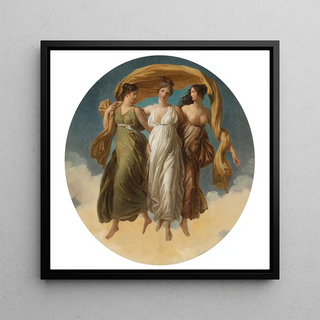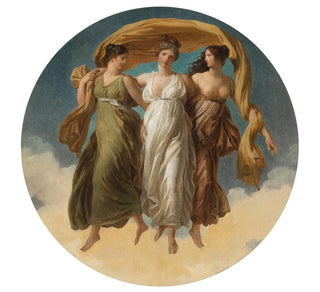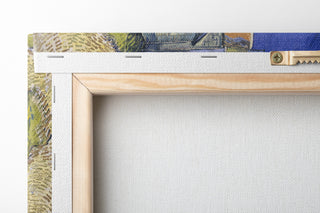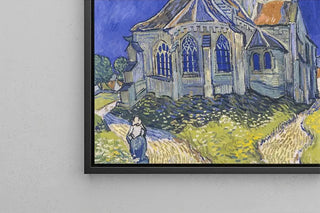The Three Graces - Alexandre Evariste Fragonard

The antique softness of The Three Graces, revealed through the eye of Alexandre Evariste Fragonard
The art print of The Three Graces depicts a harmonious composition where three figures intertwine in a circular movement, bathing in a soft palette of pinks, ivory, and pale greens. Light drapery and delicate impasto suggest a careful hand attentive to both classical grace and intimate detail, creating a subdued and contemplative atmosphere. The lighting emphasizes the volumes and faces, while the blurred background highlights the controlled sensuality of the poses. This piece captures the balance between neo-classical elegance and romantic sensitivity, offering a calming and noble presence to any interior.
Alexandre Evariste Fragonard, master of sentiment and pictorial precision
Son of the famous Jean‑Honoré Fragonard, Alexandre Evariste Fragonard was part of an academic tradition in the 19th century, tinged with rococo and neo-classical influences. His work favors allegorical scenes, portraits, and compositions inspired by Antiquity, where finesse of drawing blends with a subtle search for color. Known for his ability to translate emotions through restrained gestures and expressions, he contributed to perpetuating a taste for refinement, which is a distinctive trait of his work. The reproduction of the painting demonstrates his talent for reconciling academic rigor with expressive delicacy, paying homage to a sensitive and masterful artistic heritage.
A decorative acquisition with multiple advantages
This art print of The Three Graces is perfect for adding a touch of classic elegance to a living room, bedroom, or office. The art print of The Three Graces offers fidelity to the original tones and details, designed to withstand the test of time while maintaining the visual intensity of the original. Placed above a sofa, as a pendant in an entryway, or at the heart of a library, it brings warmth, sophistication, and an artistic focal point. Choosing this piece means selecting a decorative element that harmonizes with various interior styles, from contemporary to more traditional, while expressing a sensitivity for art and craftsmanship.

The antique softness of The Three Graces, revealed through the eye of Alexandre Evariste Fragonard
The art print of The Three Graces depicts a harmonious composition where three figures intertwine in a circular movement, bathing in a soft palette of pinks, ivory, and pale greens. Light drapery and delicate impasto suggest a careful hand attentive to both classical grace and intimate detail, creating a subdued and contemplative atmosphere. The lighting emphasizes the volumes and faces, while the blurred background highlights the controlled sensuality of the poses. This piece captures the balance between neo-classical elegance and romantic sensitivity, offering a calming and noble presence to any interior.
Alexandre Evariste Fragonard, master of sentiment and pictorial precision
Son of the famous Jean‑Honoré Fragonard, Alexandre Evariste Fragonard was part of an academic tradition in the 19th century, tinged with rococo and neo-classical influences. His work favors allegorical scenes, portraits, and compositions inspired by Antiquity, where finesse of drawing blends with a subtle search for color. Known for his ability to translate emotions through restrained gestures and expressions, he contributed to perpetuating a taste for refinement, which is a distinctive trait of his work. The reproduction of the painting demonstrates his talent for reconciling academic rigor with expressive delicacy, paying homage to a sensitive and masterful artistic heritage.
A decorative acquisition with multiple advantages
This art print of The Three Graces is perfect for adding a touch of classic elegance to a living room, bedroom, or office. The art print of The Three Graces offers fidelity to the original tones and details, designed to withstand the test of time while maintaining the visual intensity of the original. Placed above a sofa, as a pendant in an entryway, or at the heart of a library, it brings warmth, sophistication, and an artistic focal point. Choosing this piece means selecting a decorative element that harmonizes with various interior styles, from contemporary to more traditional, while expressing a sensitivity for art and craftsmanship.





